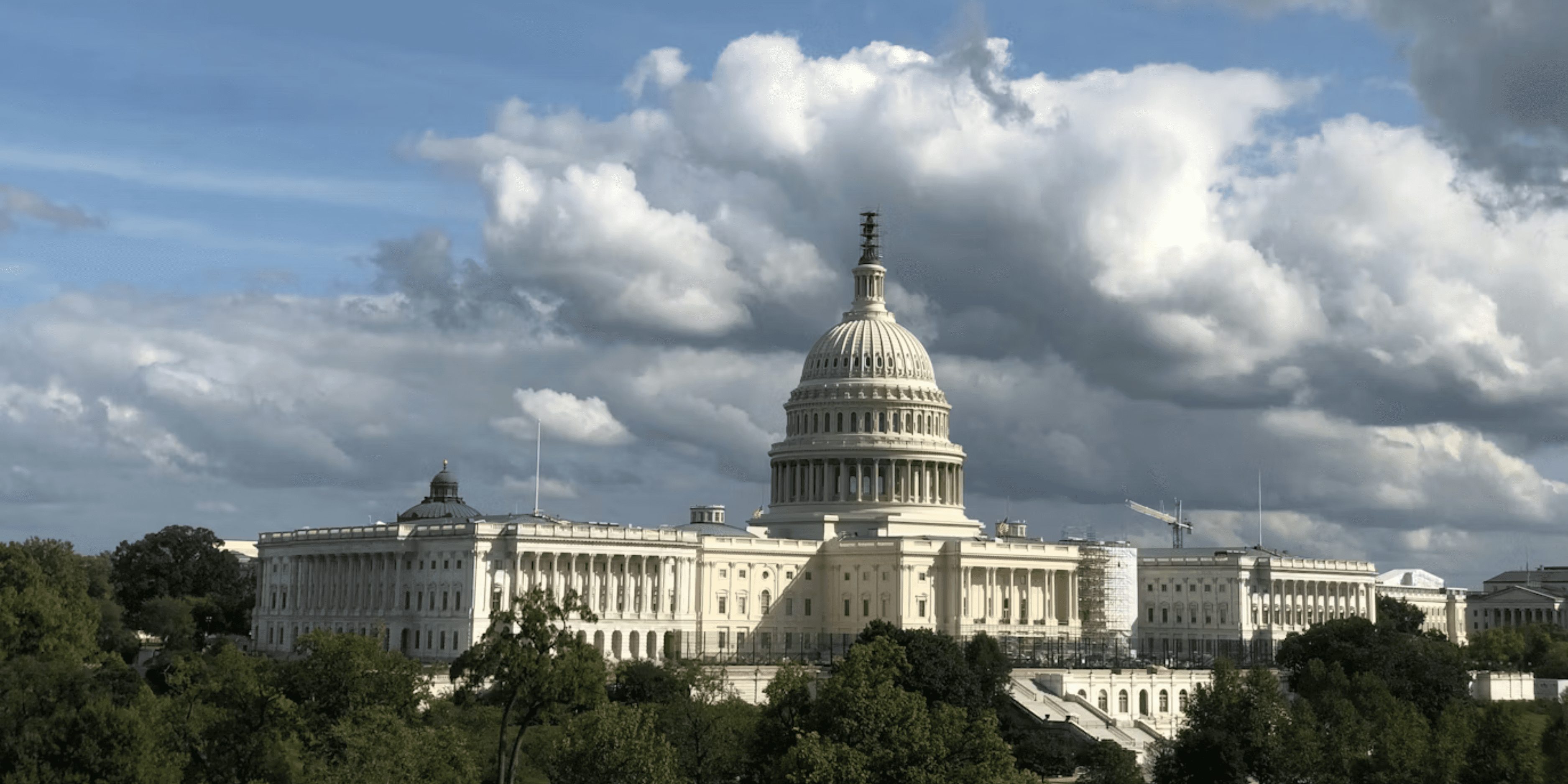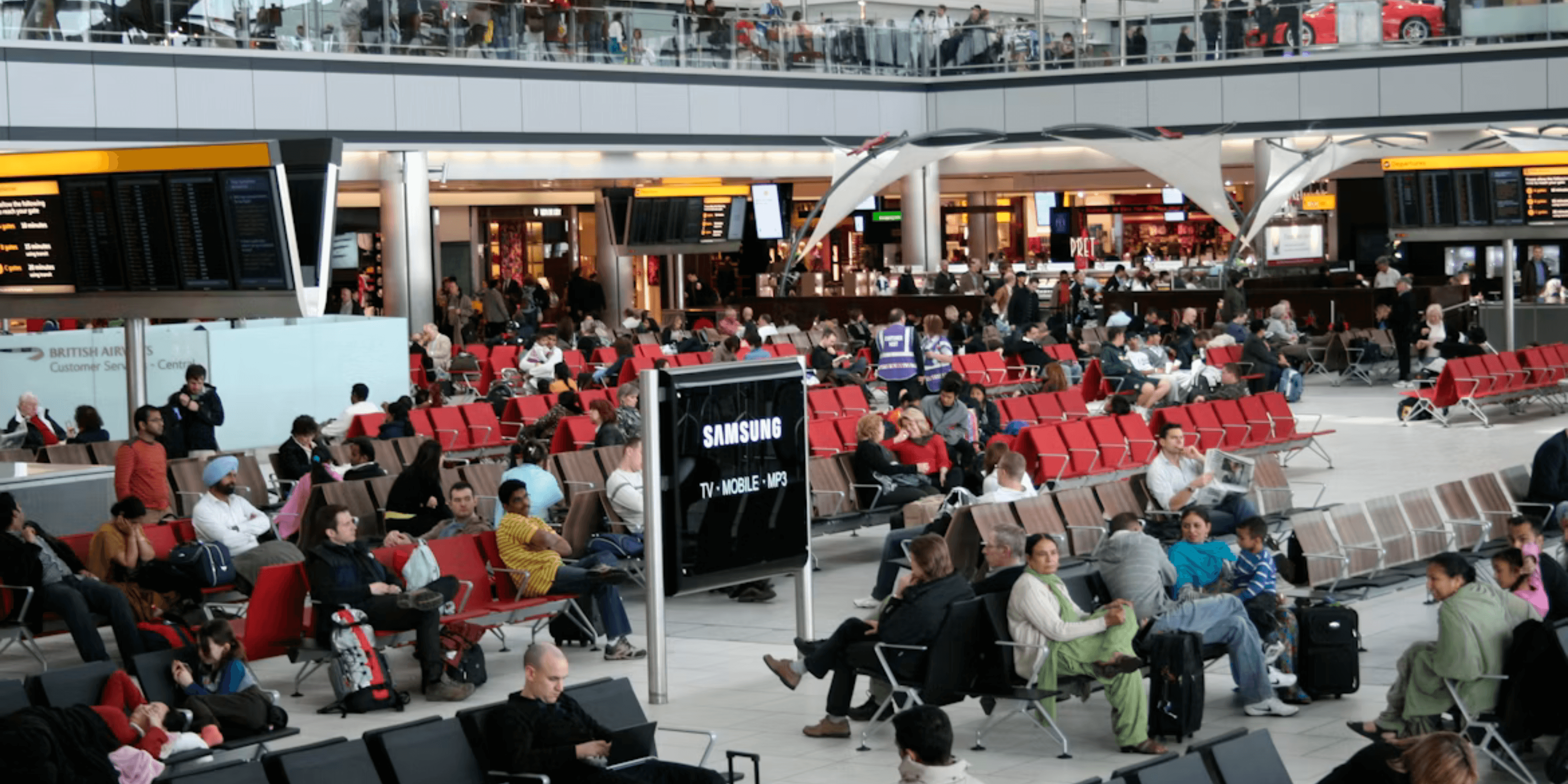newsletter
Your Daily News in Just 5 Minutes!
Featured
Featured
Government Shutdown Nears Resolution as Geomagnetic Storms Light the Skies
The United States faces a convergence of crises and rare natural spectacle. In Washington, the longest federal government shutdown in U.S. history edges toward resolution as lawmakers and the U.S. Supreme Court intervene in sweeping social‑aid disputes. Simultaneously, a severe geomagnetic storm paints auroras across large swathes of the country, offering an unlikely moment of unity amid policy turbulence. At the same time, key economic indicators and trade dynamics also signal shifting terrain for Americans.
Nov 12, 2025
Congress Nears Deal to End Record‑Long Shutdown
After more than 40 days, the federal government shutdown has entered its longest phase on record. In the Senate, a compromise funding package advanced with exactly 60 votes, moving toward reopening the government. The measure would keep agencies afloat until January and fund key appropriations bills, but it does not include the extension of certain health‑insurance subsidies that Democrats have long demanded. With the ballot now in the House, the fate of federal workers’ back‑pay, agency reopenings and citizen services still hangs in the balance. If signed, the deal would give some breathing room—but critics warn it merely kicks tough policy decisions into the new year.

Supreme Court Extends Pause on Food‑Aid Payments
The Supreme Court this week extended a temporary stay allowing the United States Department of Agriculture (USDA) and the Trump administration to withhold approximately $4 billion in benefits for the Supplemental Nutrition Assistance Program (SNAP), affecting some 42 million Americans. A lower‑court had ordered full payments; the stay allows the administration to delay, at least temporarily. Justice Ketanji Brown Jackson dissented, noting the adverse impact of leaving families uncertain about food access. The ruling underscores how the shutdown is now cascading into programs long viewed as essential.
The pause leaves millions of households in limbo just weeks ahead of winter, raising concerns over hunger, strain on food banks and growing public anxiety. As courts weigh the legality of interruptions to federally authorised programmes, the outcome may reshape how social‑safety net funding is treated during fiscal standoffs.

Geomagnetic Storm Sparks Northern Lights Across the U.S.
A major solar event has triggered a powerful geomagnetic storm, producing visible auroras over dozens of U.S. states—from New York to California. The National Oceanic and Atmospheric Administration (NOAA) issued a G4‑level storm watch, the second‑highest category, after multiple strong coronal mass ejections reached Earth’s magnetic field. Beyond the visual spectacle, the storm raises practical concerns: interference with satellites, GPS disruptions and potential power‑grid glitches are possible. Meteorologists advise viewing conditions are best in clear, dark locations northwards of mid‑latitude zones tonight.

Air Travel Disruptions Add to Shutdown Fallout
As the shutdown disrupts federal agency operations, the Federal Aviation Administration (FAA) has instituted flight restrictions and cleanup‑actions to keep the air‑traffic system safe. On Monday alone, more than 2,000 flights were cancelled and thousands more delayed. The ripple effect hits airlines, travelers and business supply‑chains. Tourism and commerce are already strained by labour bottlenecks; the added variable of extreme weather and solar activity could further complicate logistics in the weeks ahead.

Trade and Economic Signals: Tension and Transition
In the economic sphere, the shutdown and global tensions are blurring the outlook for U.S. trade and growth. While no one major headline today dominates, the broader context suggests elevated risk: the consumer safety‑net is under strain; government services remain uncertain; and business‑planning is on hold. Analysts note that delays in appropriations affect manufacturing, research grants and federal contracts—adding downside pressure to an economy already dealing with inflation, labour shortages and supply‑chain fragility.
Meanwhile, consumer confidence is likely to falter if food‑aid uncertainty and travel disruptions persist. The intersecting pressures of policy paralysis and natural‑disruption (solar storms) hint at a more volatile economic environment ahead.
Looking Ahead
In the days ahead, all eyes will focus on the House vote to pass the funding measure and formally end—or at least pause—the shutdown. The outcome will shape when federal agencies resume normal operations, when social‑aid benefits stabilise, and how travel and commerce recover. Simultaneously, the solar storm’s effects may linger: we might see further auroras but also potential disruptions to infrastructure. For Americans, the coming
Related blogs
Related blogs
Copyright 2025 USA NEWS all rights reserved
newsletter
Get daily news directly in your inbox!
Copyright 2025 USA NEWS all rights reserved
newsletter
Get daily news directly in your inbox!
Copyright 2025 USA NEWS all rights reserved
Copyright 2025 USA NEWS all rights reserved














